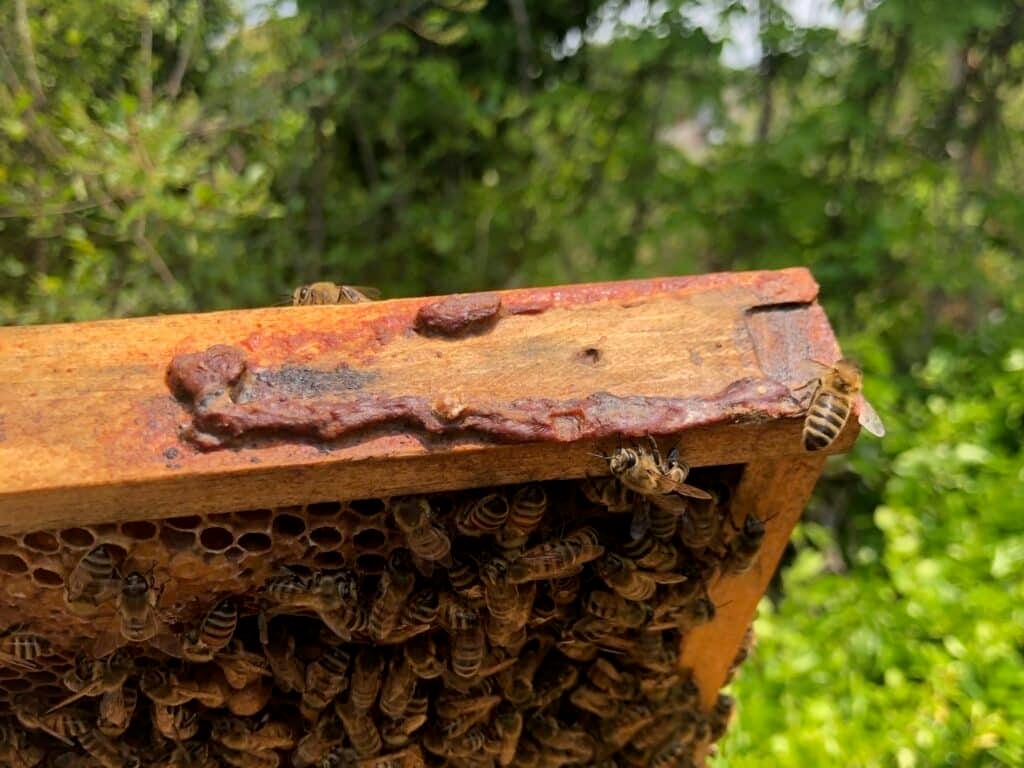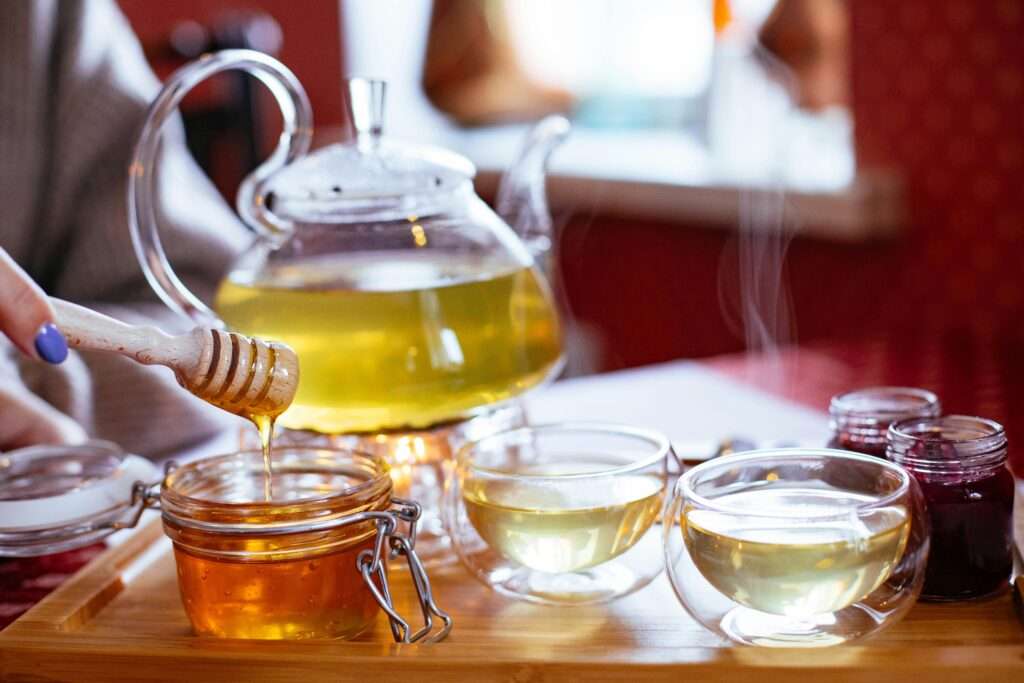Here’s how you should process and store your harvested pollen for maximum freshness
To process and store harvested bee pollen for maximum freshness and nutritional value, follow these steps:
1. Cleaning the Pollen
- Remove debris: Sift the collected pollen through a fine mesh screen to remove dust, insect parts, and plant debris. Hand-pick larger contaminants if needed.
- Optionally rinse: If pollen has visible dirt, briefly rinse under cool water, but avoid excess moisture as pollen easily molds. Blot excess moisture with paper towels[1][2][3].
2. Drying the Pollen
- Air drying: Spread pollen in a thin layer on a tray or parchment in a well-ventilated area away from direct sunlight for 24–48 hours. Stir occasionally to promote even drying[1][2][4].
- Dehydrator/oven: Begin at 120°F (49°C) for an hour to kill yeast spores, then continue at around 95°F (35°C) for 24 hours. Dry pollen is ready when it no longer clumps or sticks together when squeezed[5][3][4].
- Freeze drying: The most effective method for nutrient and freshness retention, but requires specialized equipment. This technique preserves color, flavor, and nutrition for several years[6].
- Moisture content: Dried pollen should have 2.5–6% moisture for long-term storage; excess moisture leads to spoilage[3][4].
3. Packaging
- Airtight containers: Use glass jars with tight lids, vacuum-sealed bags, or high-quality food-grade plastic containers. Label with the harvest date[7][2][6].
- Protect from air and light: Air and light degrade vitamins, antioxidants, and flavor. Store pollen in opaque or dark containers, and keep away from direct sunlight[6][4].
4. Storage
- Freezing (best): Freezing is optimal for both short- and long-term storage, preserving freshness and nutrition for 1–2 years or longer without significant loss of quality[7][8][3].
- Refrigeration: Good for medium-term storage (up to one year). Keep containers tightly sealed to prevent condensation and spoilage[7][3].
- Room temperature: Only for thoroughly dried pollen and for short durations (6–12 months), in airtight, dark containers[6][4].
5. Special Tips
- Regularly collect pollen from the traps (daily or every 2 days in hot/humid weather) to prevent molding[5][1][2].
- Freeze pollen temporarily before cleaning or long-term storage to kill wax moth eggs and other pests[9][3].
Following this process will help ensure your bee pollen remains fresh, safe, and nutrient-rich for as long as possible, whether for personal use or commercial sale[7][8][5][1][2][6][3][9][4].
⁂
- https://blythewoodbeecompany.com/blogs/news/how-do-you-harvest-bee-pollen
- https://blythewoodbeecompany.com/blogs/news/how-bee-pollen-is-harvested
- https://beeculture.com/pollen-trapping-collection-and-processing/
- https://openknowledge.fao.org/bitstreams/0b924b7c-b1f5-4a6e-8628-be978c0b8d43/download
- https://backyardbeekeeping.iamcountryside.com/plants-pollination/how-to-harvest-bee-pollen/
- https://agriculture.institute/hive-products-beekeeping-economics/best-practices-storing-pollen-nutritional-value/
- https://www.foxhoundbeecompany.com/blogs/miscellaneous/ultimate-guide-to-bee-pollen-collection-tips-and-techniques-for-beekeepers
- https://hannasbees.ie/bee-pollen-how-to-harvest/
- https://www.beesource.com/threads/how-to-dry-pollen.194965/



